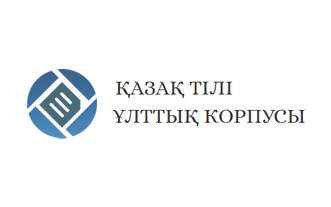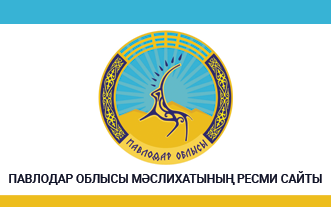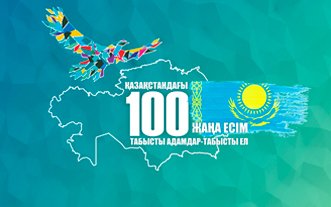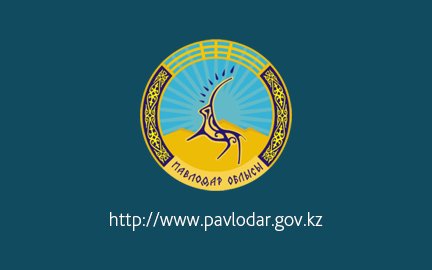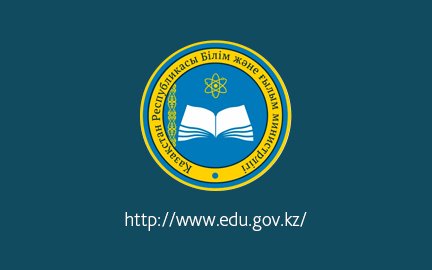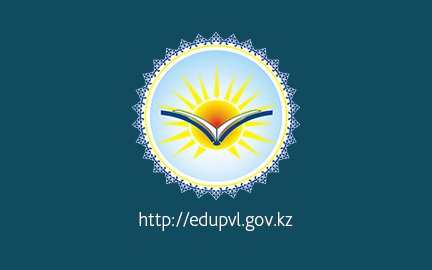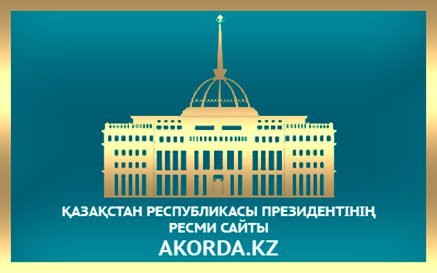The life of Alkey Khakanovich Margulan (1904-1985) He is the founder of the Kazakhstan archeology school, the outstanding scientist in many fields of science: ethnography, history, oriental studies, literary criticism, art criticism. Doctor of philological sciences (1945), full member of the All-Union Geographical Society, Academician of the Academy of Sciences of the Kazakh SSR (1958), Professor (1960), Honored Worker of Science of the Kazakh SSR (1961) .1904 he was born in the Aktypinsky area (now Pavlodar region, Bayanaul area ) was born. His father, Hakan, is the direct descendant of the famous Olzhabai batyr.
Alke learned to read and write at the age of five, during which he recited stories such as "Koblandy", "Alpamys", "Khorughly", "Kozy Korpesh - Bayan sulu". The famous poet, scientist Meshhur-Zhusip Kopeev, Zhayau Mussa, Imantai Satbayev and other people known to the Kazakh steppe often met in the square.
Alkey obtained elementary education from a rural school. In 1915, he studied at Bayanaul, a three-year Russian school. At the age of 15 she went to Yekaterinburg for studying in a gymnasium, but she was unable to read because of the Civil War. In 1919, Alke Khakanovich went to the teacher training course in Pavlodar and lived in the house of famous singer Mayr. After graduating from the course in 1920, he returned to his native village and served as a teacher at Dalba School.
In 1921, he entered the Semipalatinsk Technical College, where he was the director of the well-known Kazakh educator, such as Abatey Zeinovich Satbayev. In 1939, Alkey Haqanli was the author of the book. Satpaev's daughter married Raushan Abikeyevna. While studying in Semey, Alkey Khakanovich communicates with "Tan" magazine and editorial offices of the "Kazakh language" newspaper. Here, he meets Mukhtar Omarkhanuly Auezov, friendship between the two will become a long-standing respectful relationship.
M. Together with Auezov, he will go to Abai's native place, to Shyngiztau, to meet with Abay's son, Turagul and Abai's grandson Jabrail. During these years, Alkey Khakanovich acquainted with famous Kazakh poet Magzhan Zhumabaevich and was in friendly contact.
According to M.Auezov's advice, in 1925, Alkey Khakanovich traveled to Leningrad, where he entered the Literature Department of the East Institute between 1925 and 1925, at the same time listening to lectures at the Leningrad University and the Institute of History of Art. The Turkologist E. Bertels, Arabist, interpreter of Koran Karim, and I. Krachkovskiy, the Emperor Zhirmunski, academics Rozanov, E. Acquainted with Tarlan's works.
Having successfully mastered the basics of science, A. Margulan studies a number of sources from the rich archives of Leningrad, collects literary and archival materials on the culture and history of the Kazakh people. During those years, he also focused on literary creative activities. Through his translation, the Kazakh reader will get acquainted with the works of famous Russian and foreign writers for the first time.
In Leningrad, Alkey Khakanovich He was introduced to Zatayevich and came to his native land, the famous musician wrote many Kazakh folk melodies. From 1926 to 1927, academician A. Fersman and Professor S. Under the leadership of Rudenko, he is involved in the Kazakhstan and Allied expeditions of the Special Committee on Allied and Autonomous Republic Studies.
A. Margulan's knowledge of the culture and beliefs, customs and traditions of the Kazakh people greatly contributes to the work of the anthropological group of the expedition. Alkey Margulan wrote the first scientific work on Nimman and Ada tribes on the basis of expedition materials.
In 1929, Alkey Margulan graduated from the Eastern Institute and successfully defended his thesis on Abai's creative work. A. Margulan has little studied his PhD thesis and has had an enormous scientific interest in the time of the study: "The historical meaning of pauses and decrees, titles". In fact, this was the first step in studying the monuments of the Kipchak ethno-cultural community.
After graduation, Margulan will become a research fellow at the New Alphabet Committee at the Kazakh People's Commissariat. Alkei began his research in the history of his native nation and studied research in remote Leningrad, and continued to work on the southern Syrdarya, Chu, Talas rivers and ancient Otrar, Sauran , And various excavations on the sites of Sygnak. Then he wrote a monograph on "The History of Cities of Ancient Kazakhstan and Construction" on the basis of collected materials. Defended a PhD thesis on "Historical social significance of the Kings Order". It was a valuable scientific study in the study of ancient Kipchak history.
A year later, he was appointed head of the archeology sector at the Institute of History, Archeology and Ethnography of the Academy of Sciences of the Kazakh SSR.
Alkei Margulan, who has a great opportunity to engage in self-employed work, now turns to studying Central Kazakhstan.
As a result of long-term research, Zh.A. Akishev, MK Kadyrbaev, А.М. Together with Orazbayev, he took part in the book "Ancient Culture of Central Kazakhstan" and headed the editorial board. The value of this book is highly valued and its authors are given the State Prize named after Shokan Ualikhanov. After being appointed as the Head of the Department of History, Archeology and Ethnography, he continued to conduct his previous research, as well as collecting the literary heritage of Chokan Valikhanov and managing it in five volumes.
He has greatly contributed to studying the history and literature of the Kazakh people. He has published dozens of books on history, archeology, ethnography, literature and arts, more than three hundred scientific studies and over a hundred encyclopedias. The life of nomads and descendants, myths and myths, wide steppe, open cosmos and yurt were closer. Academician A.Kh. Margulan has given a great scientific heritage, consisting of 14 volumes of basic works. Only a complete collection of works, enormous work, will enable the understanding of the great purpose of the scientist.Alkei Margulan has been highly appreciated for many years in public life and science and he was awarded with Lenin, the Order of the Red Banner and several medals.
The works of Alkey Khakanovich Margulan
A.K. Margulan wrote more than 300 scientific works, more than 100 encyclopedias, articles about history, archeology, ethnography, literature, art (applied and architecture) and metallurgy, as well as several generations of Kazakh ethnographers, archeologists, historians. Many of Margulan's scientific works were translated into foreign languages.In 1991, the Institute of Archeology named after Margulan was established on the basis of the Archeology Center at the Institute of History, Archeology and Ethnology of the National Academy of Sciences of Kazakhstan. There are several streets and schools in Astana, Pavlodar, Ekibastuz, Zhezkazgan and South Kazakhstan oblasts, Bayanaul and Yekibastuz districts. It is called Margulan.There is a statue in Pavlodar, and a museum was opened at the Pavlodar State University named after Margulan. The 100th anniversary was celebrated worldwide by the UNESCO decision (2004). Laureate of the State Prize of the Kazakh SSR named after Valikhanov (1967) of the Academy of Sciences of the Republic of Kazakhstan. He was awarded with Lenin, Labor Red Banner, People's Friendship Orders and medals.










